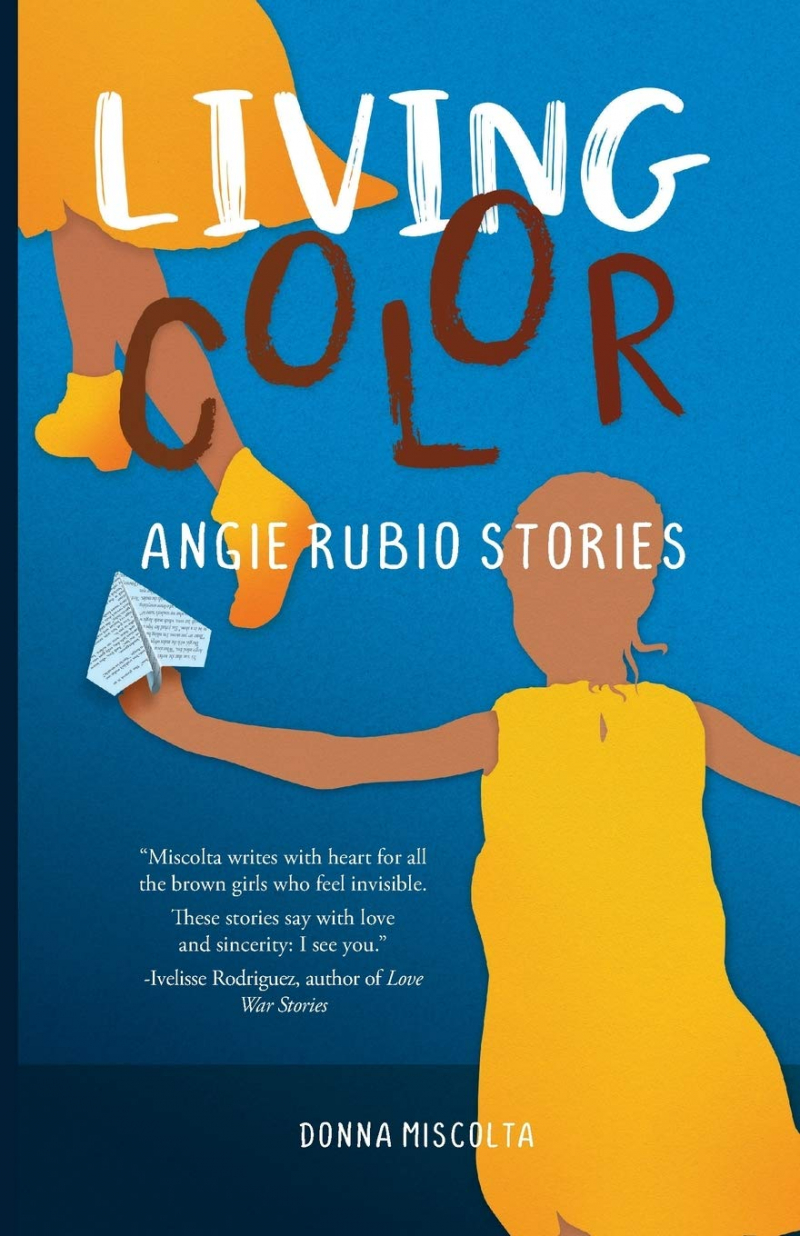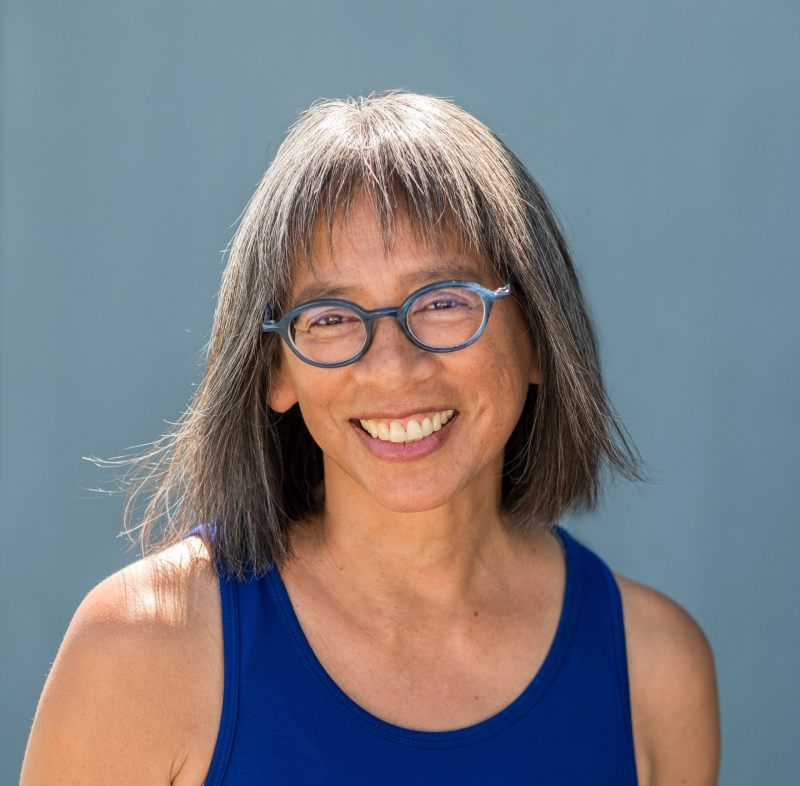Living Color: Angie Rubio Stories by Donna Miscolta

Set in California in the 1960s and '70s, Living Color: Angie Rubio Stories takes Angie year by year from kindergarten through high school, offering a portrait of the artist as a shy, awkward Mexican-American girl. Taking place against the backdrop of the Cold War and civil rights eras-the Cuban missile crisis, the Watts riots, Beatlemania, the Black Power salute at the 1968 Olympics-Living Color: Angie Rubio Stories also surveys the milestones of American girlhood. Brownies with slumber parties, training bras, cheerleader tryouts, and proms through the eyes of a "brown, skinny, and bespectacled" Latina who soon learns that pageant winners, as well as high school cheerleaders, are always white.
Angie is relegated to the fringes of the popular cliques at school, led by opinionated girls whose self-confidence seems as unattainable to her as their perfect teeth and blonde hair. But Angie resists internalizing societal messages about who is beautiful, important, and valid. When a white classmate is cast as Juliet in the school play, she can't resist taunting Angie with "Don't forget who the heroine of this play is", to which Angie replies: "She dies in the end".
In "The unfun funhouse that was high school", Angie decides to reinvent herself. Reminding herself to "be bold, be heard, be provocative", she writes articles for the student newspaper raising critical questions about venerable institutions like a homecoming, prom, and the tradition of naming students "most likely to succeed", "best looking", and other mosts and bests.
Living Color: Angie Rubio Stories traces Angie's formation as a writer, from the child who loves Scrabble and jots down new words she learns in a notebook to the teenager publishing controversial opinions about success and belonging, a person whose voice is now "loud-enough-to-be-heard".
Link to buy: https://cutt.ly/IDewGgN











